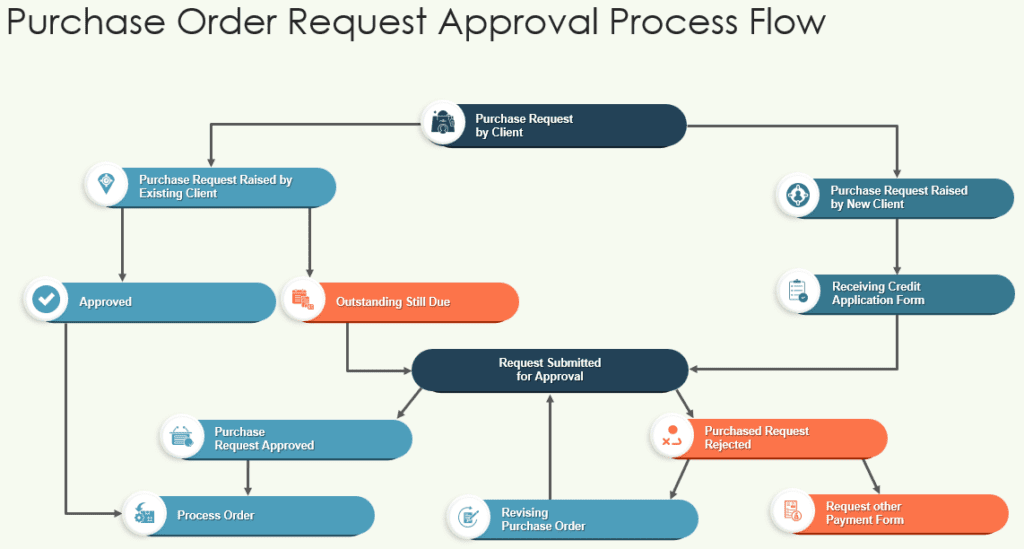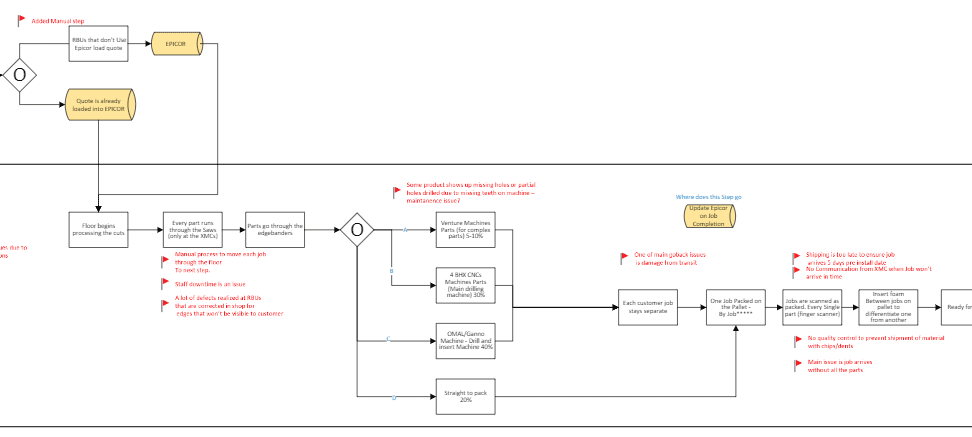Many organizations continue to hold onto outdated, inefficient processes which today dramatically impact their ability to compete. These time-wasting habits, often ingrained in daily routines, drain resources and create challenges for your business to scale for growth. Whether it’s unnecessary meetings, duplicative processes, redundant tasks, or outdated methods, these activities can be described as “doing the dumb.” The good news is that by identifying these time wasters within your own processes, you will also see the opportunities to reduce or eliminate inefficiencies leading to transformation of your operations, greater productivity, efficiency and better results.
In every organization, certain processes, often everyday tasks have become so routine they go unquestioned. Recognizing and addressing these common time wasters is to optimize performance and stay competitive. Below are some of the most common issues that impact efficiency across industries. Ask yourself:
1. Duplicative Processes: Do you have overlapping processes that serve the same purpose but are managed by different departments or teams? For example, maintaining separate records for the same information across various departments. This can lead to discrepancies and wasted effort. Streamlining and centralizing these processes will eliminate redundancy and improve efficiency.
2. Manual Data Entry: Do your employees frequently waste time on manual data entry? Manual entry is prone to errors and duplication. These tasks not only consume valuable hours but also lead to mistakes that take even more time to correct.
3. Redundant Approval Processes: Does your team rely on outdated approval workflows that involve multiple layers of unnecessary checks and signatures? This slows down decision-making and causes bottlenecks, particularly in service sectors, where speed is crucial.

4. Inefficient Communication and Meetings: Do you observe unnecessary emails and poorly planned meetings that drain time and energy? These time wasters leave employees bogged down with trivial tasks instead of focusing on meaningful work.
While certain time wasters are common across all sectors, each industry faces its own set of unique challenges. Understanding these specific issues is crucial for implementing targeted solutions that address distinct needs. Here are a few examples and all of which have solutions:
1. Retail Sector: In retail, inventory management can be a significant time drain. Manual stock checks, outdated systems, and the constant need for data entry result in inefficiencies that not only waste time but also lead to lost sales due to stockouts or overstocking.

2. Supply Chain Management: In supply chain management, manual tracking, outdated processes, and lack of real-time data cause significant delays and errors. These inefficiencies disrupt operations, making it hard to respond quickly to demand changes or supply chain disruptions. Inconsistent supplier communication and inaccurate demand forecasting add to these challenges, causing overproduction, stockouts, and delays in custom orders. Additionally, inefficient transportation planning and lack of visibility into production schedules further hinder the supply chain’s ability to adapt swiftly to changes. Routine tasks waste valuable time, preventing teams from focusing on optimizing processes and improving overall operations, which is crucial for maintaining a competitive edge.
3. Construction Industry: Project scheduling and resource allocation often involve multiple meetings, manual spreadsheet updates, and phone calls, leading to significant delays. The fragmented nature of traditional project management lead to inefficient workflows, delays in scheduling, missed deadlines and budget overruns highlighting the need for streamlined and integrated project management solutions
These industry examples highlight how time-wasting activities can vary by industry, yet the underlying issue remains the same: inefficiency, lost productivity and delays. The key to overcoming these challenges lies in implementing solutions that streamline processes and eliminate unnecessary tasks.
To truly eliminate these time-wasting activities, organizations must take a proactive approach. One of the most effective methods is process mapping, a technique that involves visually documenting every step of a process to identify inefficiencies, pain points and opportunities for improvement.

The above map demonstrates a number of red flags where the process leads to delays or quality issues requiring rework.
Process mapping serves as a powerful tool to identify and remove wasteful nonvalue added steps and activities leading to streamlined opportunities and increased capacity to grow.
For instance, mapping out an approval process might reveal unnecessary steps or redundant approvals that slow down decision-making. By simplifying and aligning these processes with the organization’s overall goals, companies can reduce time spent on unproductive tasks, leading to quicker decisions and faster delivery to customers.
For our clients, we leverage process mapping to demonstrate how eliminating redundant steps and automating routine tasks can significantly reduce inefficiencies, allowing teams to focus on higher-value activities rather than wasting time on “dumb” non-essential tasks.

This process map, developed for a client, visually outlines the steps involved in the building permit application process. It highlights opportunities for process improvement by identifying specific stages that can be automated or streamlined to enhance efficiency and reduce manual intervention.
Beyond process mapping, organizational alignment is crucial for ensuring that improvements are effectively implemented. This involves ensuring that all teams and departments are working towards the same objectives, with clearly defined roles and responsibilities. When alignment is achieved, organizations can operate more efficiently, reduce the need for redundant tasks, and foster a culture of continuous improvement.
In today’s competitive market, “Doing the dumb” is an expensive habit that organizations can no longer afford to maintain. By identifying common time wasters and implementing solutions like process mapping and organizational alignment, you can focus on what truly matters: growth, innovation, and customer satisfaction. Whether through automation, process simplification, or cultural shifts, the path to greater efficiency is clear. It’s time to stop doing the dumb and start working smarter, one process at a time.
In the business consulting services world, process improvement is at the heart of all that we do and, we have become masters at it! If you lack the resources or in-house capability to remove the ‘waste’ (time & costs) to improve outcomes, let’s find out what the most critical opportunities are, and which high value, low burden options will generate quick results. Your team wants to create value and focus on what matters – let us help you remove what is getting in their way.